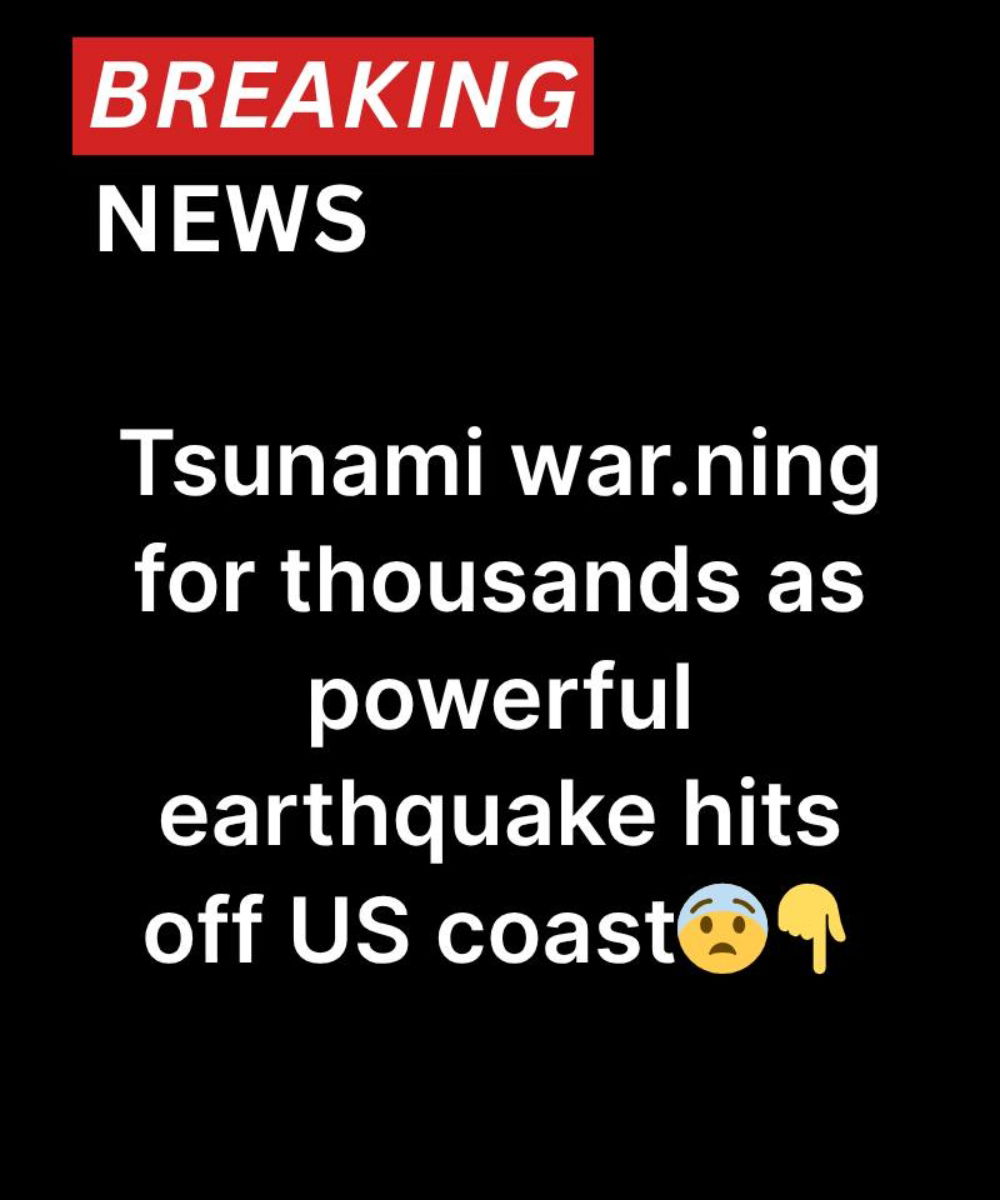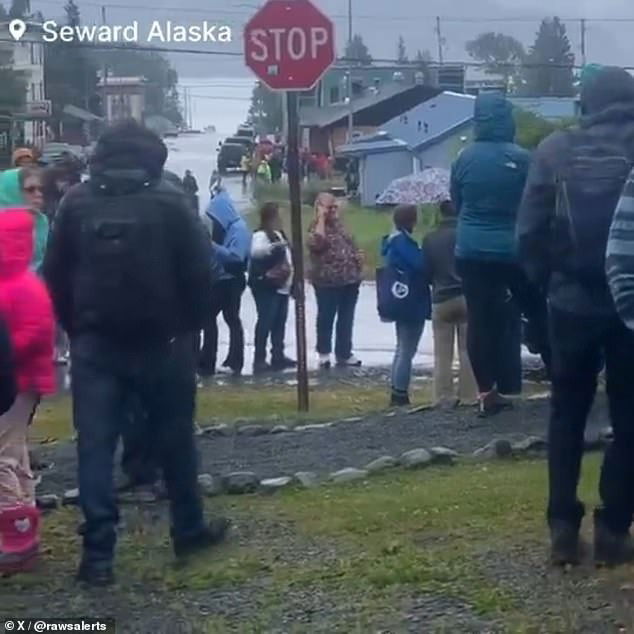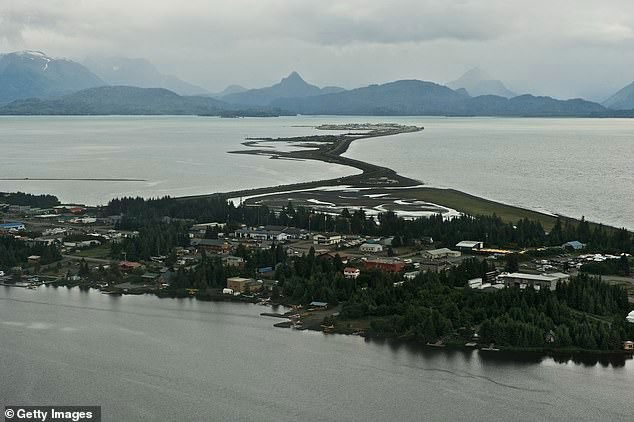
7.3 Magnitude Quake Shakes Region
A powerful 7.3 magnitude earthquake struck southern Alaska on Wednesday, triggering mass evacuations along the coastline.
The U.S. Geological Survey recorded the quake at 12:38 p.m. local time (4:30 p.m. ET), with the epicenter located in the Pacific Ocean near the Shumagin Islands, southeast of Sand Point and close to the Alaska Peninsula.
Emergency War.nings Prompt Swift Action
Alarms blared and cellphones buzzed as emergency notifications urged people from the Kennedy Entrance near Homer to Unimak Pass by Unalaska to head inland or to a higher elevation.
Homer’s mayor, Rachel Lord, described the situation: “We heard reports of bumper-to-bumper traffic early on, as people rushed to evacuate the spit.”

Tsunami Alerts Issued, Then Downgraded
Authorities initially issued tsunami warnings for coastal areas including Kodiak Island, the Alaska Peninsula, and the eastern Aleutians. Photos from affected regions showed empty shorelines and receding water levels—an ominous sign of a possible tsunami.
David Snider, a tsunami coordinator with NOAA, confirmed the quake had generated waves that raised sea levels by about three inches.
“A tsunami was indeed generated,” he said, “but it no longer poses a threat.” However, officials cautioned that small changes in sea level could persist for a while.
The full tsunami warning was issued shortly after the earthquake, but was reduced to an advisory within 90 minutes. By 12:45 p.m. local time (6:45 p.m. ET), the advisory had also been lifted.
Heightened Anxiety Along the Coast

Despite the cancellation of warnings, coastal residents were told to stay alert for at least 24 hours due to the potential for lingering wave fluctuations.
Emergency shelters were established at Kodiak High School and North Star Elementary as a precaution.
In Seward, a woman who had just returned to Alaska after 25 years shared a video on social media showing people hurrying away from the coast. “Just pray we don’t get waved,” she said as the clip ended.
Aftersh0cks and Expert Insight
Since the initial tremor, more than 20 aftershocks have been recorded, with the strongest measuring 5.2 in magnitude.
Michael West, a seismologist with the Alaska Earthquake Center, explained to Fox Weather, “The southern coastline of Alaska is one of the most earthquake-prone zones in the country.
In fact, four out of five U.S. earthquakes happen in Alaska.” He added that although many tremors go unnoticed, Wednesday’s was notably powerful. “It looks like we got lucky this time,” he said.
Extent of the Impact

The National Weather Service confirmed there was no tsunami threat to other states, such as Oregon and Washington.
The National Tsunami Warning Center (NTWC) said the alert area stretched across approximately 700 miles, from 40 miles southwest of Homer to Unimak Pass.
In Kodiak, a town of about 5,200 people, officials were on high alert. In King Cove, a much smaller community of roughly 870 residents, local authorities encouraged those in flood-prone zones to move to higher ground.
A Reminder of Alaska’s Seismic Past
The last earthquake of a similar magnitude in Alaska happened on June 10, 1996, when a 7.2 quake hit near the Andreanof Islands.
However, the most catastrophic quake in both Alaskan and U.S. history remains the 1964 Great Alaska Earthquake.
That devastating 9.2 magnitude tremor struck near Prince William Sound, with shocks felt as far as Seattle.
It triggered tsunamis that destroyed coastal communities across Alaska and reached as far as Hawaii, California, Oregon, and even Japan.















